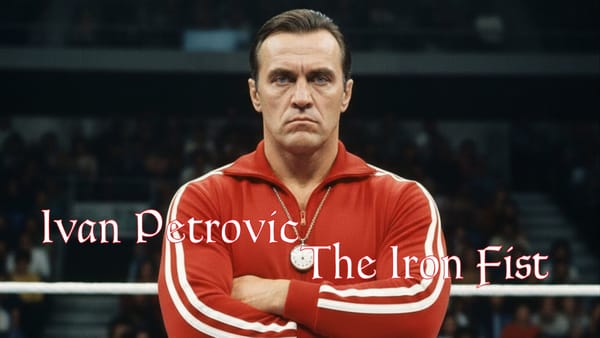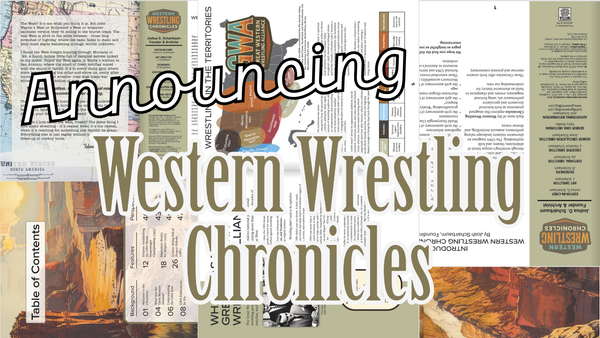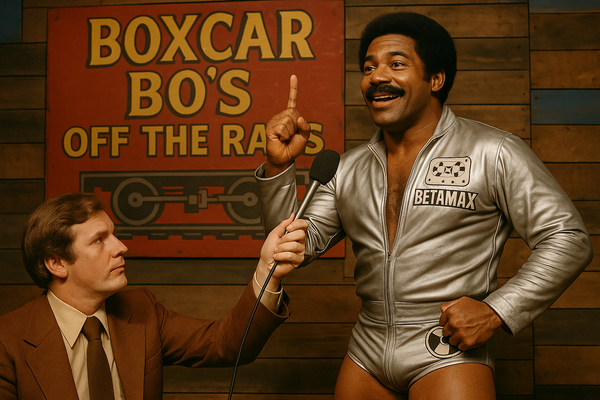How AI Brings The GWA to Life - Behind-the-Scenes
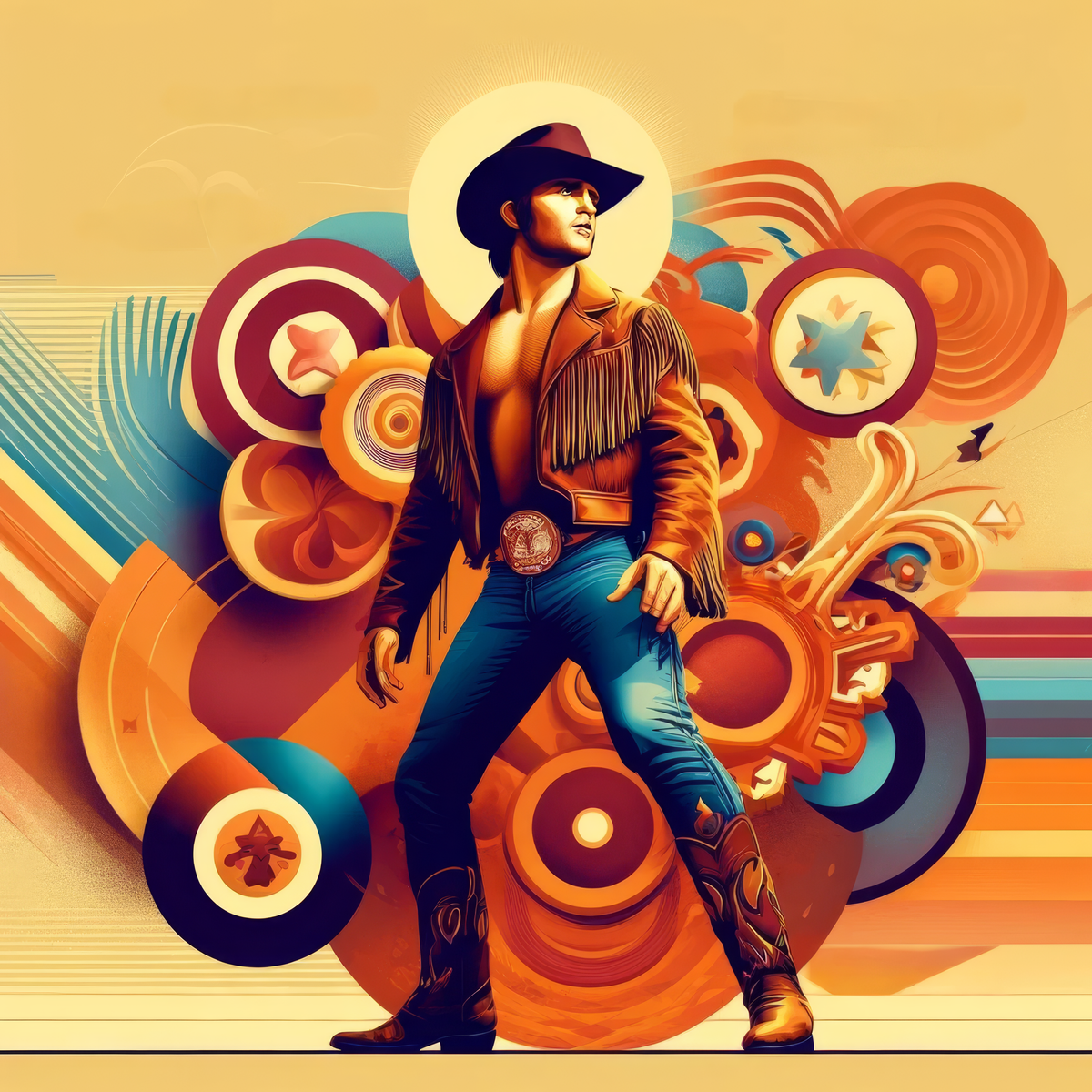
Welcome, GWA fans! Ever wondered how the vibrant, larger-than-life characters of the Great Western Wrestling Alliance come to life? Today, I'm pulling back the curtain to share the creative process I use, combining my own ideas and storytelling with advanced AI techniques to bring these legendary wrestlers and their epic feuds to life. From initial character concepts to fully fleshed-out personas and storylines, here's a detailed look at how it all happens.
The GWA is a passion project of mine, aiming to capture the spirit and excitement of the golden age of professional wrestling in the 1970s and 80s. It's a fictional wrestling promotion, but one grounded in the authentic look, feel, and energy of that bygone era. To truly bring the GWA to life requires characters that feel just as real and dynamic as the stars of that time - larger-than-life personalities that burst off the page and into the imaginations of readers.
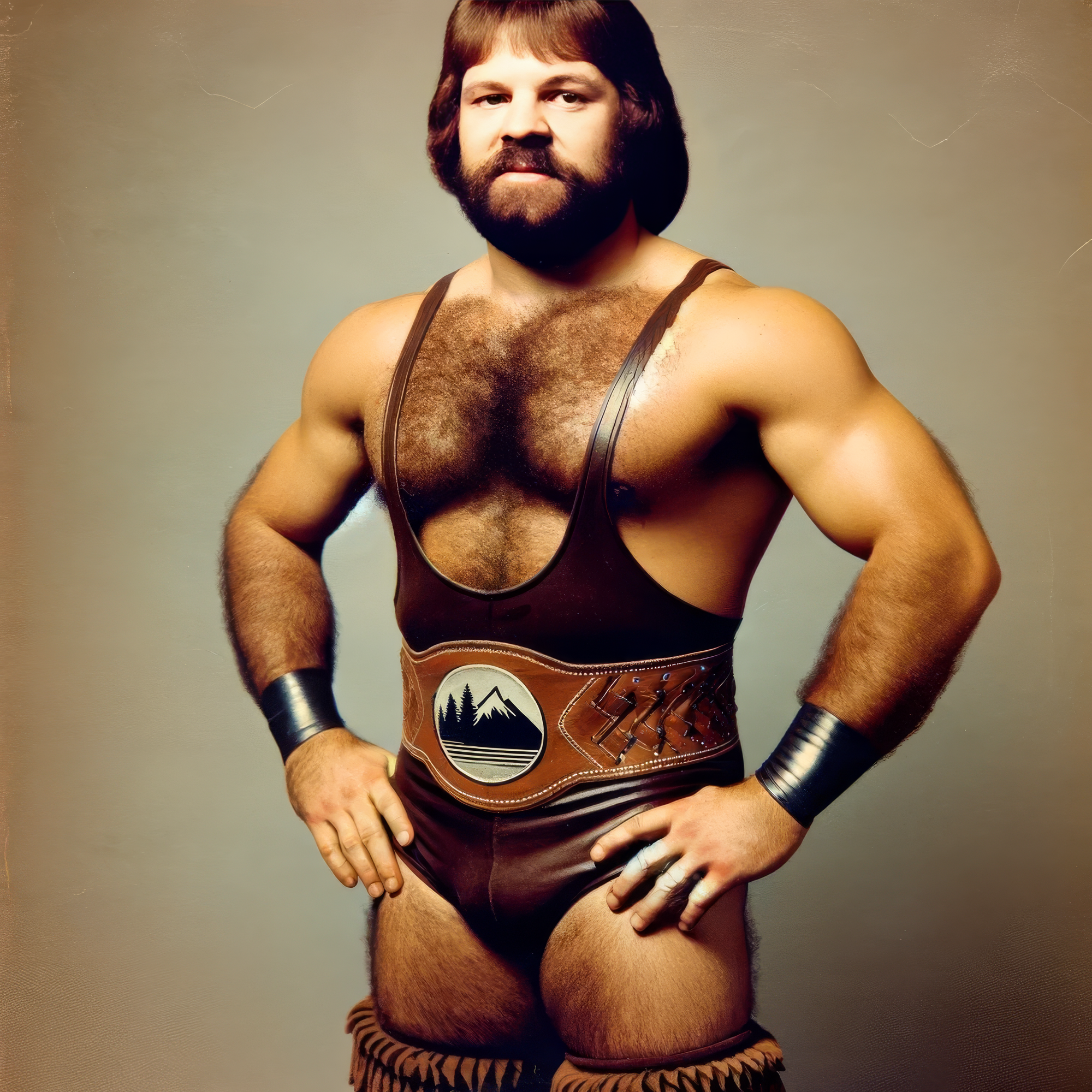
That's where AI comes in. By leveraging the power of artificial intelligence and machine learning in my creative process, I'm able to develop these characters and their stories in incredible detail and depth. The AI becomes tool that acts like a collaborative partner, helping to flesh out ideas, generate new concepts, and even create visual assets to accompany the written word. It's a cutting-edge approach to storytelling that allows a solo creator like myself to develop a whole wrestling universe.
One key aspect of my process is that I don't create the stories in a purely linear fashion. Instead of trying to complete an entire story or even a full character profile before publishing anything, I create and release aspects of the profiles and storylines as they develop. This gives readers tantalizing glimpses into the world of the GWA and its colorful cast of characters without needing the entirety of the work to be finished. It's reminiscent of how wrestling storylines in the territory days would unfold bit by bit, week to week - you got to know the characters over time as they evolved before your eyes.
In employing AI in my creative efforts, I utilize two distinct patterns: Cyborg and Centaur, in the parlance of Ethan Mollick in Co-Intelligence. The Cyborg approach involves using AI to directly augment my own writing - things like predictive text generation to help with phrasing and word choice as I compose character profiles and story elements. The Centaur method is more of a back-and-forth collaboration, where I input ideas, prompts, and rough concepts into the AI system and then curate and refine the outputs to align with my vision. Both allow for a fluid melding of human imagination and AI assistance.
So let's dive into the actual process, using the creation of a new GWA superstar as an example:
It all begins with the initial character concept. Sometimes this springs from my own imagination fully-formed - I'll have a clear idea of who this wrestler is, what they look like, how they behave, the essence of their gimmick. Other times, it starts with just a mere fragment, often emerging from the development of another character or storyline. I might need a rival for an existing character, or a partner to form a new tag team. In some cases, I'll start with something as simple as a name that captures my imagination, and then build a whole persona around that. The key is that every character, no matter how they originate, needs to feel authentic to the GWA world.
Once I have that initial concept in mind, I start to iterate on the details, both large and small. This is where the AI really comes into play, as I use it to generate a barrage of additional ideas and details that I can then pick and choose from to enrich the character. I'll often create separate topic threads to really drill down into specific aspects of the character - their backstory, their motivations, their quirks and catchphrases. The AI helps to fill in the gaps and add unexpected but fitting elements that I might not have come up with on my own.
As the details crystallize, I start to develop deeper abstractions of the character. I have a set of standard questions that I try to answer about each one to ensure a consistent level of development - things like what their childhood was like, how they came to be a wrestler, what they value most, what they fear, etc. This helps them become three-dimensional beings.
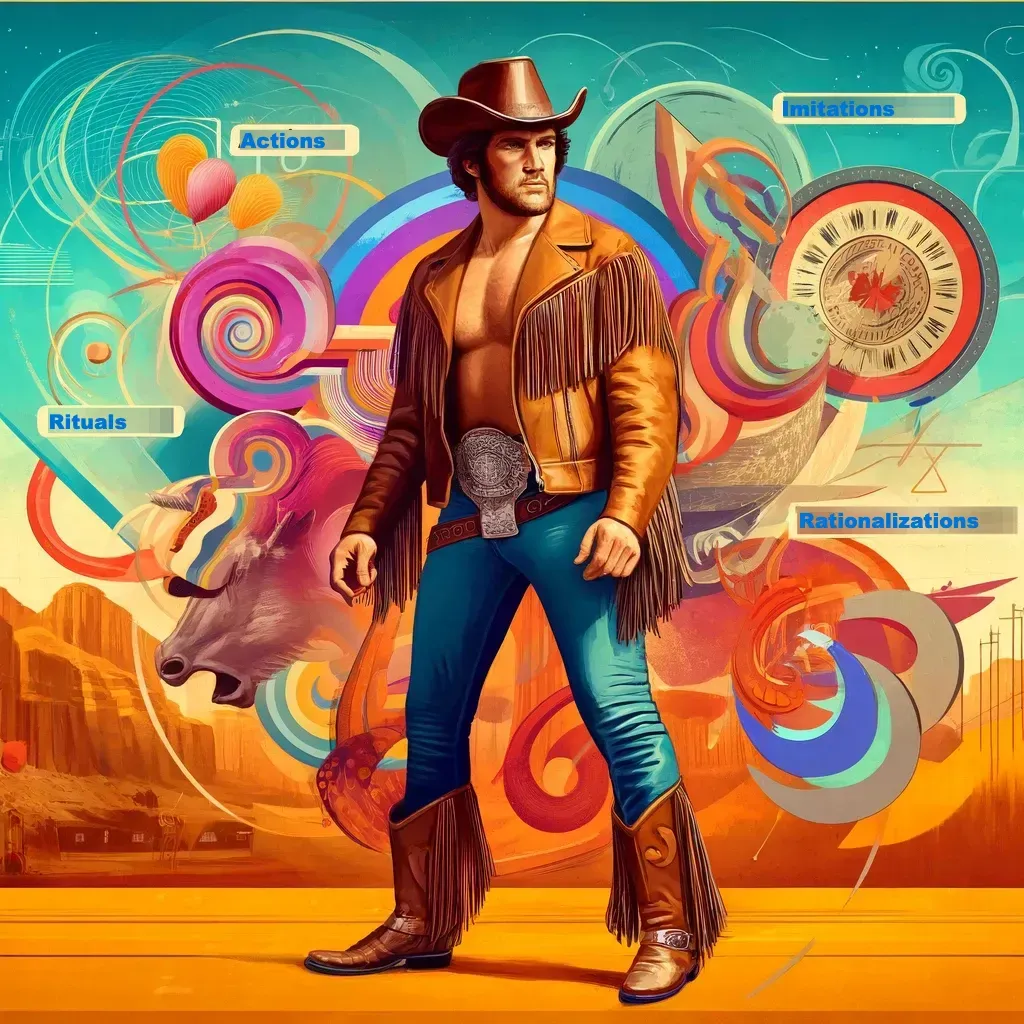
Once I feel I have a handle on who this character is at their core, I start to contextually place them into the larger GWA world. I'll determine what era they were active in, which championships they may have held, their alignment as a heel or face, and most importantly, who their biggest rivals and allies are. Often, this will spark the creation of whole new characters or storylines to weave them into the broader tapestry.
Visuals are a huge part of really bringing a wrestling character to life, so of course that's a major component of the process. I always aim to vividly describe a character's appearance in writing - their physical attributes, their ring gear, their mannerisms and expressions. But I also want readers to be able to picture them clearly. For that, I turn to AI image generation.
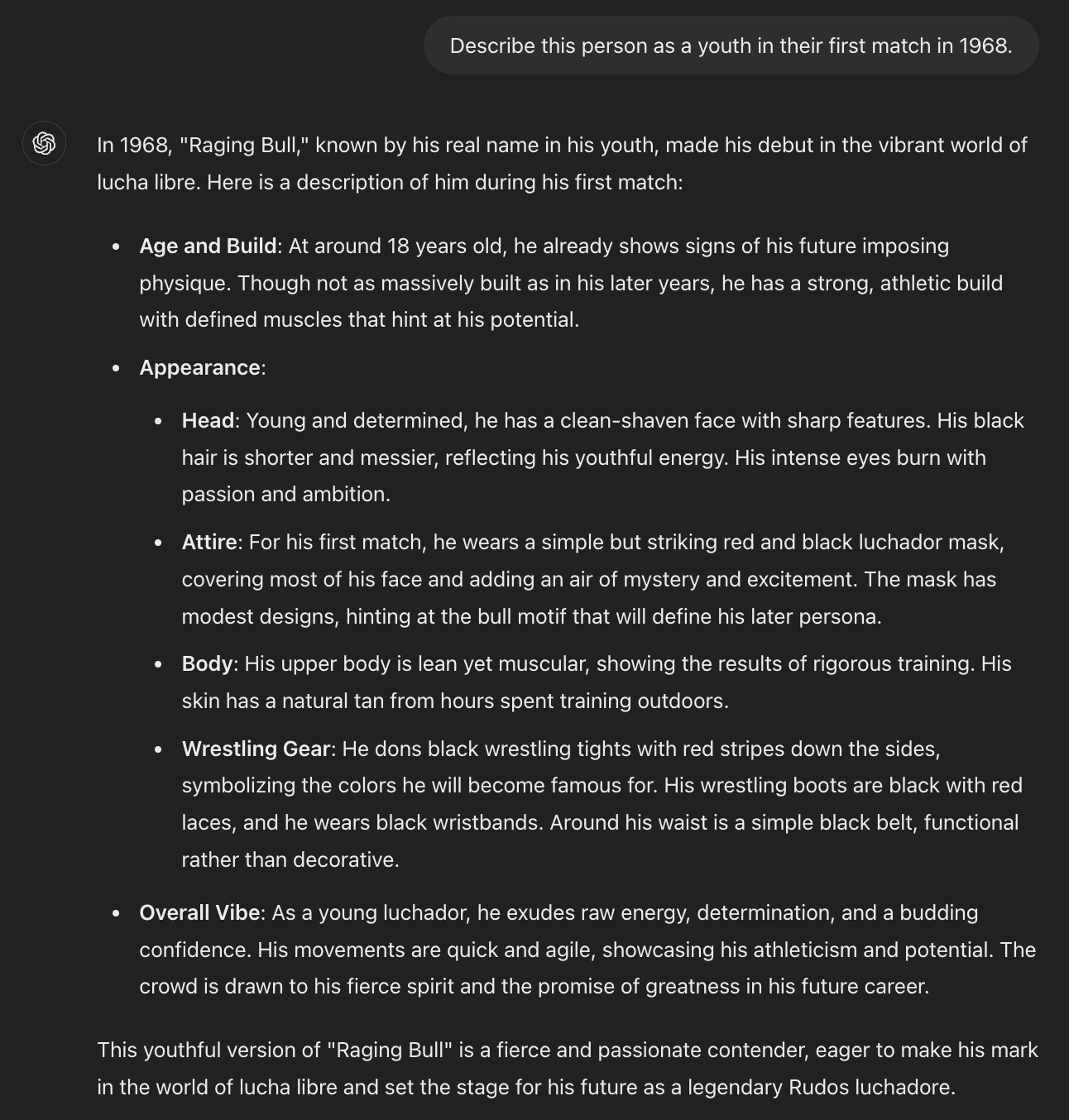
Using the written descriptions I've developed, I use AI tools to generate starter images of the character. This usually takes quite a few iterations, as I refine the prompts to get closer to my mind's eye. I'll often use stylistic prompts to evoke the feel of specific eras, like "1970s magazine photography" or "1980s wrestling promo style." The goal is to end up with visuals that would feel right at home in an old-school wrestling magazine or event poster.
I don't just generate images of the characters in their prime wrestling days either. To really sell the sense that these are real people with full lives and histories, I'll create visuals of other significant moments - their childhood homes, key locations from their backstory, even "archival" photos from their pre-wrestling days. It can be tricky to maintain consistent likenesses across all these images, but I use tricks like showing the character from different angles or at different ages. The aim is to create a full visual timeline of their lives, adding that extra layer of immersion.
Of course, even with all the AI assistance, this is still a very time and effort intensive process. Refining and perfecting each element takes many passes. I'm also quite picky about what I ultimately choose to incorporate - I may generate dozens or even hundreds of potential details or images for each character, but only a select few will make the final cut. It's all about curating the best, most evocative material to create an unforgettable character that truly embodies the spirit of the GWA.
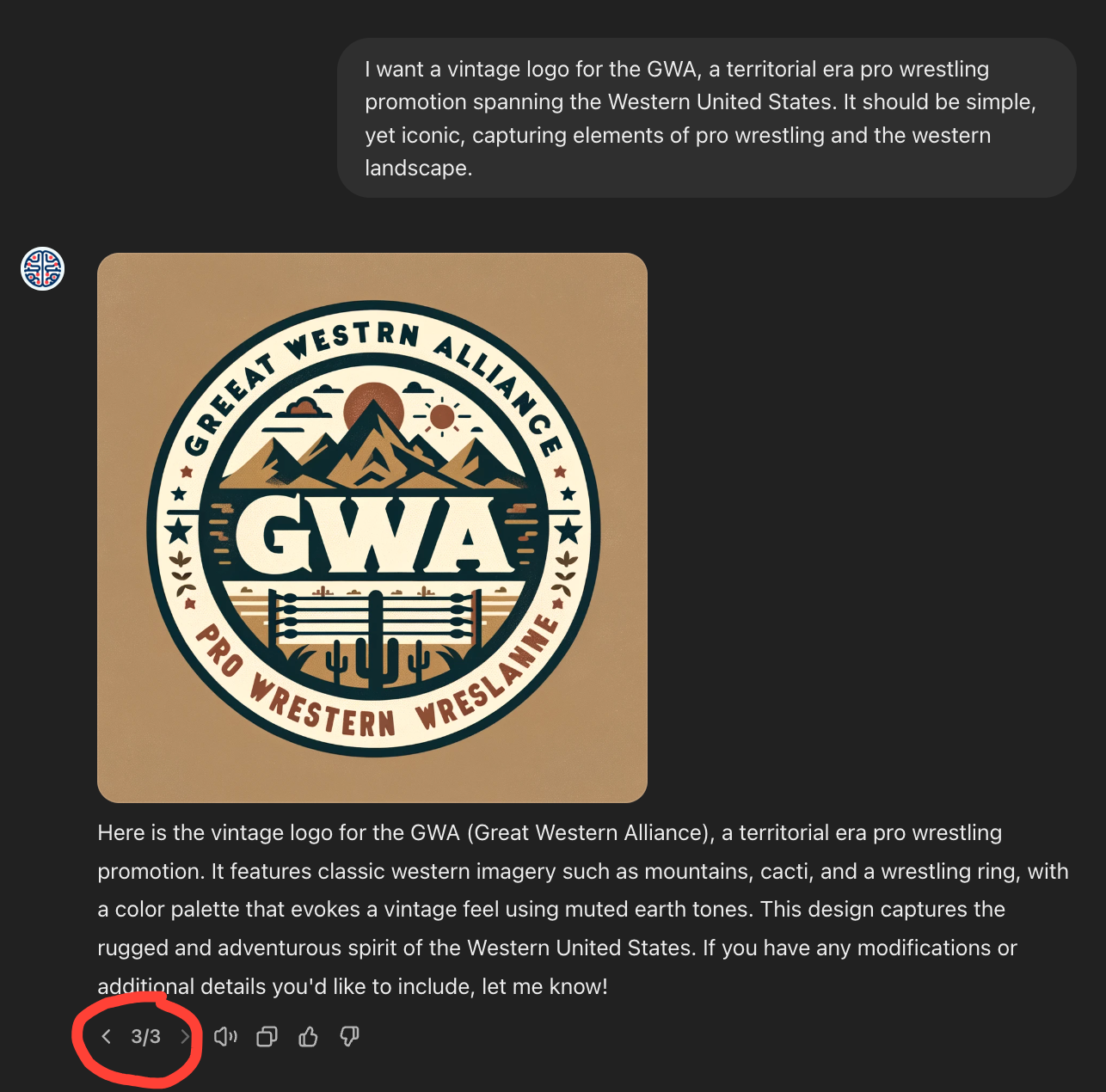
Once a character is fully realized, both in writing and visuals, they're ready to be formally introduced to the GWA audience. I'll publish their profiles and key art on the official GWA website, and usually send out an announcement to the mailing list to get fans excited. But the work doesn't stop there - these new characters don't exist in isolation, so the next step is to integrate them into the ongoing storylines and feuds.
This is one of my favorite parts of the process, because it's where the characters really come alive. I'll place them into rivalries with established stars, have them forge alliances or betrayals, and give them their first major feuds and matches. Often this will require me to go back and subtly retrofit some existing characters and storylines to accommodate the new additions, adding mentions of past encounters or foreshadowing future showdowns.
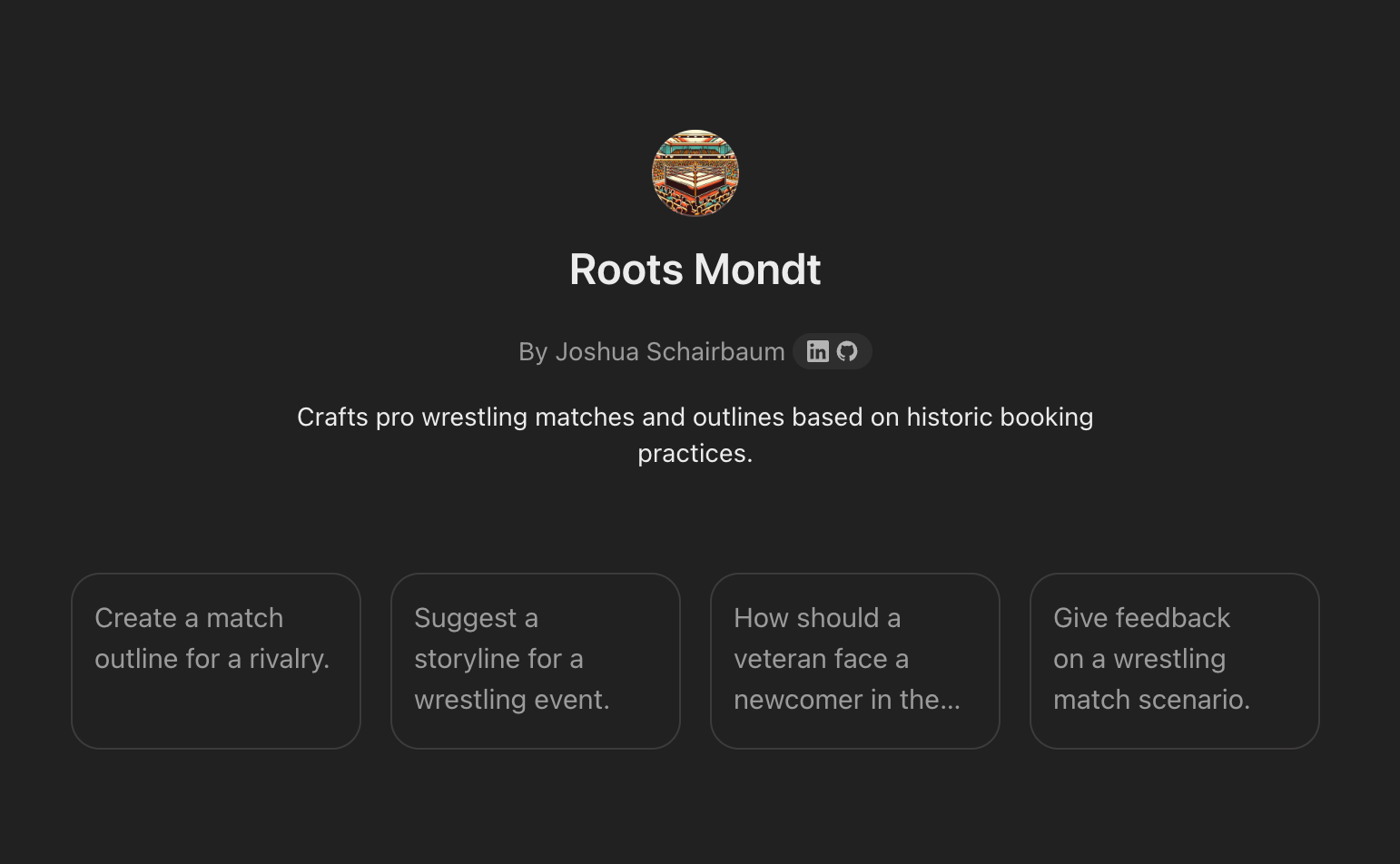
To create the actual match-ups and in-ring action, I've even configured an AI to act like a pioneering wrestling booker. Imaginatively called the "Roots Mondt," this tool allows me to input two character profiles and have it generate an outline of how a match between them might unfold, move by move. I can specify parameters like the match type, ending (clean or interference/shenanigans), and time length. The AI will produce things like major spots, false finishes, ref bumps if appropriate to the era being invoked, and of course the ending sequence and victor.
Obviously, I don't just use these generated matches verbatim - as with everything AI-generated, it requires a human eye to check for consistency and narrative sense. But it's an incredible starting point that saves me from having to choreograph every single match from scratch. I can take the AI-produced skeleton and then flesh it out with my own specific touches and flourishes. The end result is a match writeup that feels dynamic, hard-hitting, and true to each character involved.
And that's the core of what I'm trying to achieve with the GWA - a fictional wrestling universe that nonetheless feels authentic and vibrant and alive. By using AI tools to enhance my own storytelling and creative ideas, I'm able to achieve a depth and richness that would be nearly impossible as a solo creator in the past. I can produce content at a scale and pace that keeps fans engaged and eagerly anticipating each new character, match, and story development.
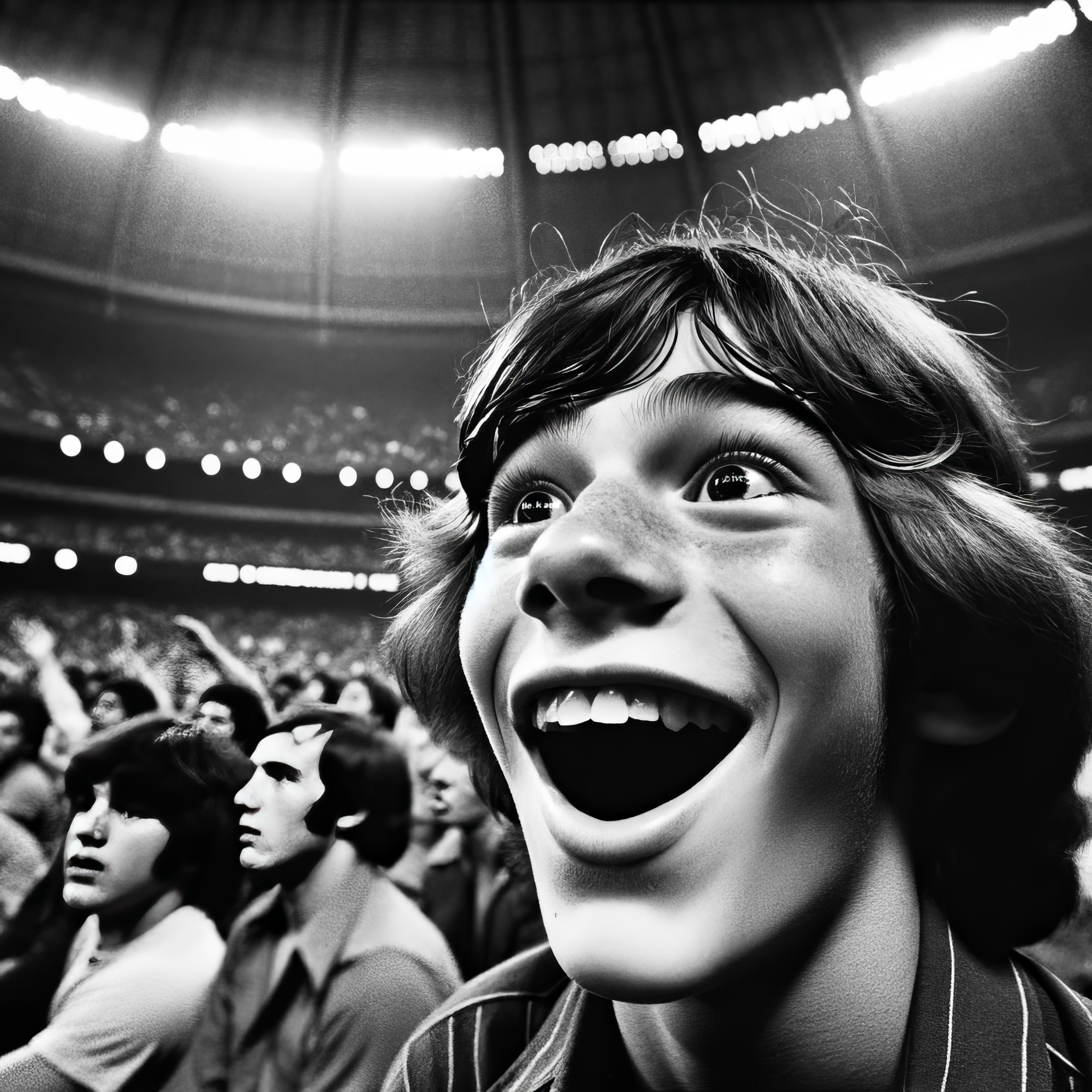
But AI isn't the only ingredient in the GWA's success. Equally important is the passion and enthusiasm of you, the fans. Your support, your interest, your discussions and suggestions - all of it helps to sustain and expand this shared universe we've created together. When I feel the the excitement in personal discussions about these stories, or see the amazing suggestions or comments inspired by these stories, it fuels my own passion to keep building and refining the world of the GWA.
So thank you for joining me on this wild ride, for embracing these vividly realized stars of the squared circle that we've conjured into being together. With your continued support and the ever-expanding capabilities of creative AI, I know the future holds even more incredible things for the Great Western Wrestling Alliance. I can't wait to share the next chapter of this grand opus with you all.
Until next time, keep carrying the GWA banner high!
Stay Legendary,
Josh Schairbaum
Editor, GWA Online!



